Order Perciformes Higher classification Neoglyphidodon | Phylum Chordata Scientific name Neoglyphidodon melas Rank Species | |
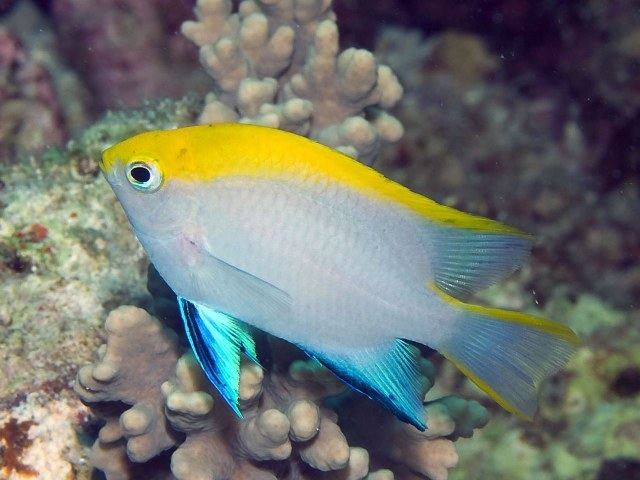 | ||
Similar Neoglyphidodon, Pomacentridae, Neoglyphidodon nigroris, Amblyglyphidodon, Neoglyphidodon oxyodon | ||
black damselfish neoglyphidodon melas
Neoglyphidodon melas (bowtie damselfish, black damsel, bluefin or royal damsel) is a damselfish from the Indo-West Pacific. It occasionally makes its way into the aquarium trade. It grows to a size of 18 cm (7.1 in) in length.
Contents
- black damselfish neoglyphidodon melas
- Distribution and habitat
- Description
- Ecology
- Diet
- Behavior
- In the aquarium
- Breeding
- References
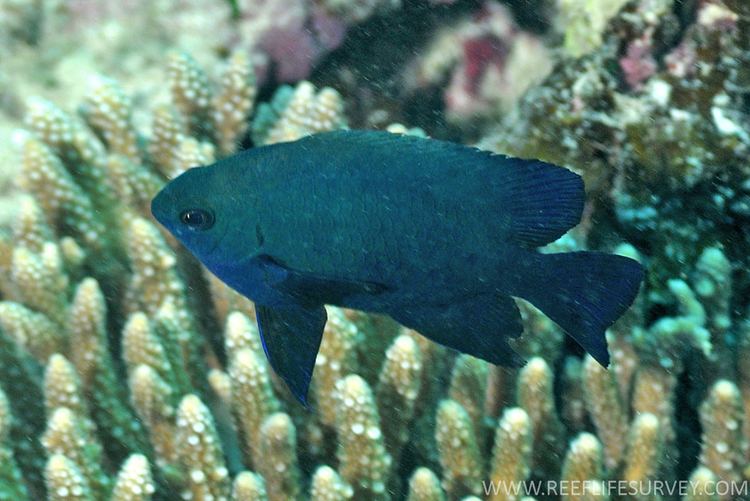
black damselfish neoglyphidodon melas
Distribution and habitat
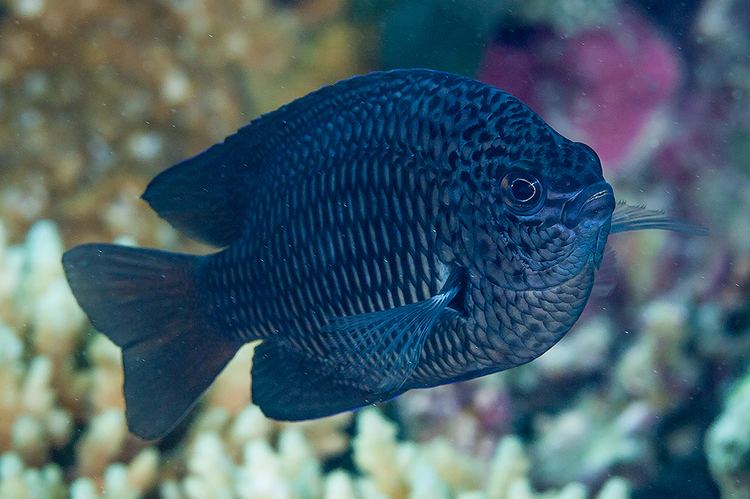
The black damselfish is found throughout the Indo-Pacific in coral reefs and lagoons. In the Indian Ocean, they are found around the Red Sea, the Persian Gulf, eastern Africa, Madagascar, Seychelles, the Arabian Sea, Sri Lanka, the Maldives, the Andaman Sea, Indonesia, and western Australia. In the Pacific Ocean, they are found in areas around Indonesia, Australia, the Philippines, Vietnam, Taiwan, Japan, Papua New Guinea, Palau, Vanuatu, and the Solomon Islands. they are found in depths of 1 to 36 metres (3.3 to 118.1 ft) under sea level.
Description
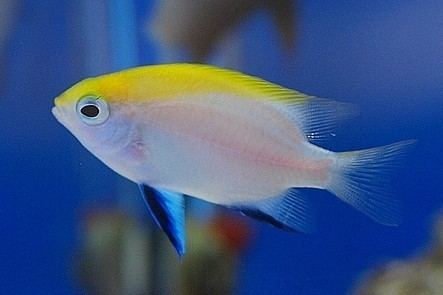
The adults of this species can grow up to 18 cm (7.1 in) in length. The coloration of the adults are blueish black. Juveniles are mostly pale blue and has a yellow dorsal surface. They have blue pelvic and anal fins with black interior rays.
Ecology
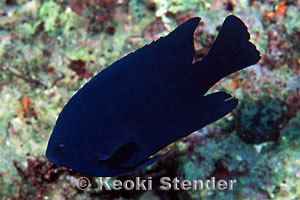
Fish of this species are typically encountered individually or in pairs. Juveniles are encountered around Acropora corals. Adults are found around clams of the genus Tridacna and sometimes feed on their waste.
Diet

Neoglyphidodon melas is an omnivorous species of damselfish which feeds on a variety of things. Younger juveniles feed solely on plankton. Older juveniles of this species add soft corals to their diet. Young adults feed on Tridacna clam feces, and the older and bigger they are, they eat more clam feces.
Behavior
Adults are territorial to each other and defend their territories. Large adults are observed to be aggressive to smaller individuals. The larger the individual, the more aggressive it gets. They are also known to attack larger fish than themselves.
In the aquarium
This species of fish is commonly found in the aquarium hobby. In the aquarium, this fish species can grow to a maximum size of 16 cm (6.3 in). People typically keep them in tanks of 208.2 liters (55 US gallons). The average lifespan of this species in captivity is 2 to 3 years. As for most marine species, it is kept in a pH of 8.1 to 8.4, and a water hardness of 6° to 10°. The temperature normally provided for this fish is 23.3°C to 27.8°C or 74°F to 82°F. Most people will keep this fish alone.
Breeding
Adults pair up when they are breeding. The eggs are laid in the substrate. Once the eggs are laid, the male guards and aerates the eggs until they hatch.
